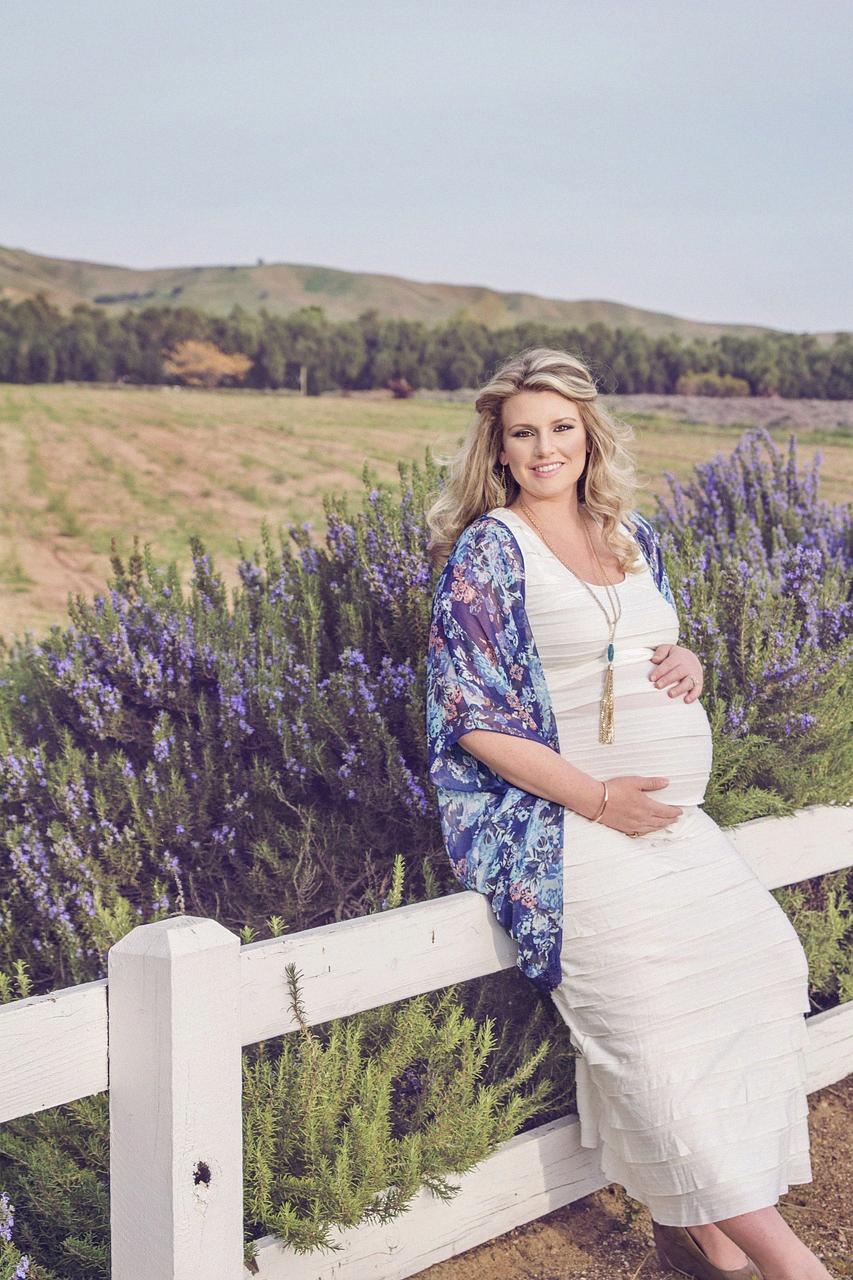As a woman experiences the early stages of pregnancy, there are various changes that her body undergoes. One such change that often raises questions is the nature of vaginal discharge in the very early stages of pregnancy. It is common for women to notice alterations in the consistency and color of vaginal discharge soon after conception.
White, Milky Discharge
One of the most common types of discharge that women may observe in the early stages of pregnancy is a white, milky substance. This discharge usually appears almost immediately after conception. The reason behind this change lies in the thickening of the vaginal walls, which occurs as a result of hormonal changes in the body.
Normalcy and Harmlessness
It is essential for women to understand that the white, milky discharge observed during very early pregnancy is typically harmless. This type of discharge is considered normal as the body adapts to the changes brought about by conception. While the sudden appearance of this discharge may be concerning, it is usually a sign that the body is adjusting to the pregnancy.
Color and Consistency Changes
During early pregnancy, it is not uncommon for women to notice alterations in the color and consistency of their vaginal discharge. The white, milky appearance is a result of the increased production of vaginal secretions, which serve to protect the reproductive system during pregnancy. These changes are a natural part of the body’s preparation for the developing fetus.
Monitoring Changes
While it is important to be aware of the changes in vaginal discharge during early pregnancy, it is equally crucial to monitor any significant alterations. If the discharge becomes accompanied by unusual smells, itching, or irritation, it is advisable to consult a healthcare provider for further evaluation.
Other Types of Discharge
Aside from the white, milky discharge often observed in early pregnancy, women may also experience other types of vaginal discharge. These can include clear and watery discharge, which is also considered normal during pregnancy. However, any drastic changes in color, odor, or consistency should be promptly addressed by a medical professional.
Healthy Practices
Maintaining good hygiene practices during pregnancy is essential to prevent infections and ensure overall reproductive health. It is recommended to wear breathable cotton underwear, avoid douching, and practice safe sex to reduce the risk of complications related to vaginal discharge.
Consulting Healthcare Providers
If you have any concerns or questions regarding the nature of your vaginal discharge during early pregnancy, do not hesitate to reach out to your healthcare provider. They can offer valuable insights, conduct necessary examinations, and provide guidance on maintaining optimal reproductive health throughout your pregnancy.
Emotional Support
Experiencing changes in vaginal discharge during pregnancy can be a source of anxiety for some women. It is essential to seek emotional support from trusted individuals, whether they be friends, family members, or healthcare professionals, to address any worries or uncertainties that may arise during this time.
Education and Awareness
By educating yourself about the various physical changes that occur during pregnancy, including alterations in vaginal discharge, you can better understand what is considered normal and what may warrant medical attention. Awareness plays a crucial role in ensuring a healthy and comfortable pregnancy journey.
Final Thoughts
In conclusion, the white, milky discharge observed in very early pregnancy is a common and typically benign occurrence. By staying informed about these bodily changes, practicing good hygiene habits, and seeking support when needed, women can navigate the complexities of pregnancy with confidence and peace of mind.

